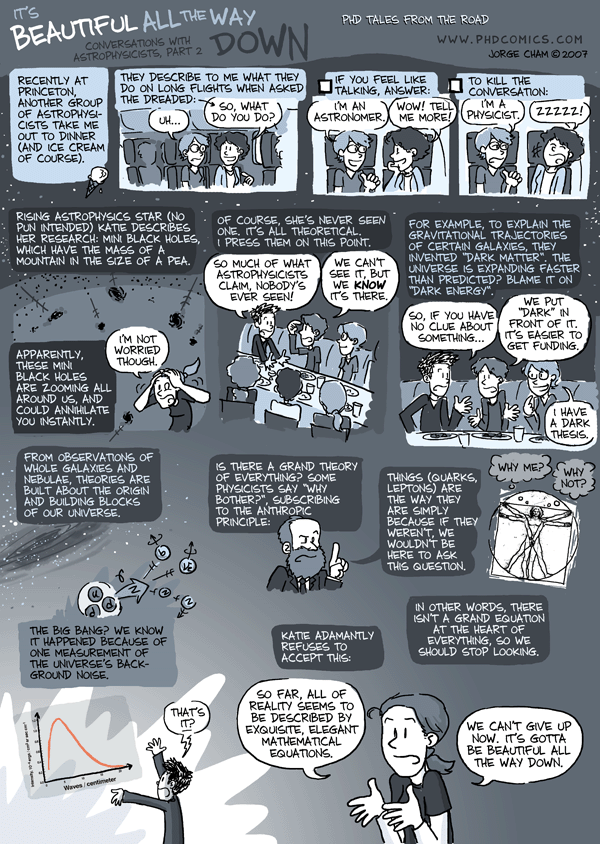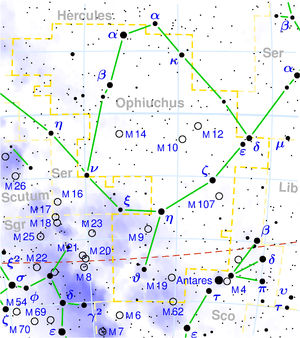The BS-factor on this article is really danged high. First off, the actual sources - here's the pre-print abstract for the reference paper by
Gillon, Pont, et al. (A&A May 2007), the paper has been accepted for publication in Astronomy and Astrophysics, but has not yet been published; and an earlier paper by
Etangs (A&A January 2007) has already been published and if you're on a college/university campus you can click on "Full Refereed Journal Article" near the top to read the whole thing (I'm currently home and so cannot read it). I have to admit that I cannot read the full articles as of yet, but based upon what I have read I don't see a convincing argument.
Gillon, Pont, et al., and earlier Etangs studied this planet GJ 436b (its star was the 436th object in the GJ catalog, whatever that catalog was, and as the second object in that system it's labelled
b) and determined its mass from how much its star wobbled (
via the Doppler effect). Etangs predicted an evaporation rate based upon the star's luminosity and determined that the planet would have to have a density of at least 3g/cm
3 - if the density were too low, the whole thing would just blow away from the stellar wind. Gillon et al. determined its radius from how much it dimmed its parent star when crossing in front of it (called
transiting or eclipsing). Knowing its mass and its radius gives a density whose value is not explicitly stated in what I can see from home, but I'm guessing is in the range of 1-3g/cm
3.
Now, I admit that density is a KEY thing when determining the composition of a planet. Gas giants (Jovian planets) have densities around 1g/cm
3. Icy dwarf planets and moons (Plutinos, Kuiper Belt Objects, comets) are more like 3g/cm
3. Rocky planets (terrestrials) top out the chart at 5g/cm
3. However, the first problem in this situation is that icy bodies usually are NOT pure water ice (H
2O) - they're a bunch of dry ice (CO
2), methane ice (CH
4), and probably even some ammonia ice (NH
3). But they're not just water ice, so knowing a body's density does NOT fully specify its composition, just the phase and general class of composition.
Second, there's multiple ways to get the same density. Instead of being a body that's uniformly icy material, it could be high density gas or liquid in the middle, for example Jupiter is believed to have a core of liquid hydrogen. This is less likely than icy material, but it's still a possibility, and I'm not sure if there's enough information to rule this possibility out. Related (objection 2a) is that just because a material is dense doesn't mean it's in a solid state, so even if it were water, it could still be super-dense liquid water.
Which in fact is much more likely than dense ice, since
water reaches its peak density at 4ºC - if you cool it any more than that, even to freezing, it becomes less dense. So to reach a high density you CANNOT have what we normally think of as water ice. If perhaps it is solid, it will be some wierd other state of solid water that we should label something other than ice, but I'm more inclined to think that it's a wierd other state of supercooled or superpressurized liquid water - or more likely not water! I think they need a chemist here.
And lastly, calling it ice is deceiving b/c of the temperature claim - if it's hot, it's not going to be ice. In fact, if it's hot I'd expect the water to evaporate!
"Extraordinary claims require extraordinary proof." I have yet to see it in this case. There
is one case which I am more inclined to believe - Barman has detected water vapor in the spectrum of
HD 209458b, though it has yet to be confirmed by another researcher.
Spectral analysis is
the way to determine the chemical make-up of any material. Until I see this evidence, anything else is just circumstantial.














